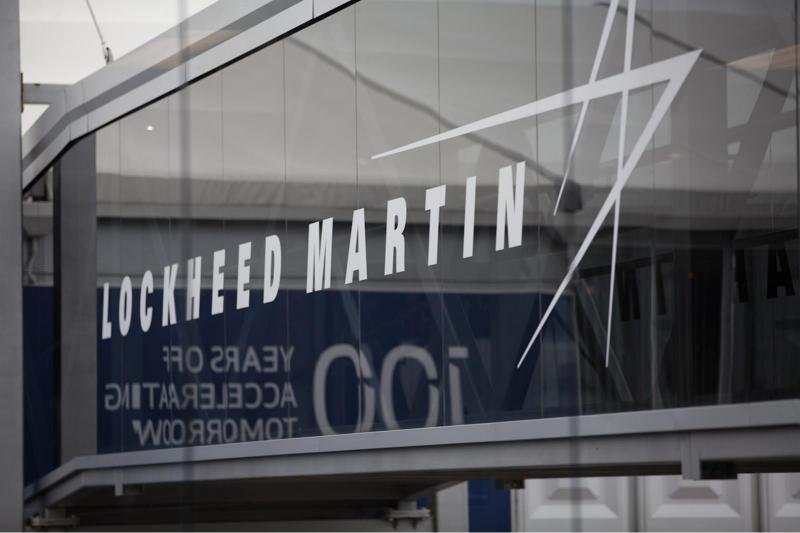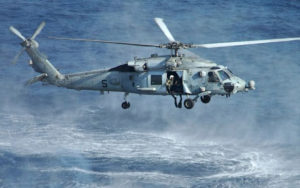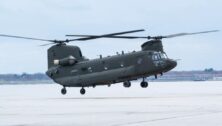Did Lockheed Bite Off More Than it Can Chew with Sikorsky Purchase?

The $9 billion acquisition of Sikorsky Aircraft by Lockheed Martin Corp finally went through last month, but not everyone agrees that it will be plain sailing for the merger going forward.
In fact, in this effort to diversify its portfolio, Lockheed may have bitten off a bit more than it can chew, says Moody’s Investors Service’s Analyst, Russell Solomon, in an article for the Orlando Business Journal.
In the article, Solomon states that while Sikorsky is “the biggest guy in U.S. military helos,” with a few huge contracts added to its portfolio lately, “the company adds a level of developmental-related risk.”

In addition to its current major programs, some of which are assembled in Sikorsky’s Coatesville facilities, the helicopter giant won both an $833.3 million engineering contract with the U.S. Army and a $354.2 million contract to deliver 29 MH-60R Seahawks to the U.S. Navy.
“These things consume significant capital and they just entail outsized elements of risk that go with the large prime platforms,” said Solomon. “It’s tough to make money on these big developmental contracts.”
This is best shown by the issues Sikorsky itself had with some of its programs, most notably CH-148 Cyclone program which is supposed to deliver maritime helicopters to the Canadian Armed Forces. However, the delays that have been plaguing the project have drawn some serious criticism from the Canadian government.
Solomon does agree, however, that Sikorsky makes more sense as part of defense focused company working mostly on government contracts as opposed to being a division of United Technologies Corp. which is more dependent on commercial manufacturing clients.
“Sikorsky was just one, it was actually the smallest, part of what United Technologies does and it was the least profitable,” remarks Solomon. “So, the return dynamics are very different in the commercial space versus defense.”
In the meantime, while the fit is better, the earnings are still not going to be that high when all of the necessary investment is factored in.
“The cash flow that the company gets after all the investment is said and done will probably be very immaterial certainly in the context of Lockheed’s broader operations,” points out Solomon. “It won’t be a big cash generator for the company and it could consume fairly significant amounts of capital if some of these programs start to go off the rail.”
Connect With Your Community
Subscribe to stay informed!
"*" indicates required fields









































![95000-1023_ACJ_BannerAd[1]](https://vista.today/wp-content/uploads/2023/03/95000-1023_ACJ_BannerAd1.jpg)






